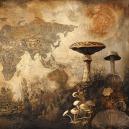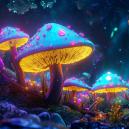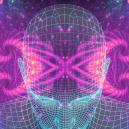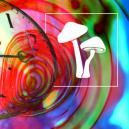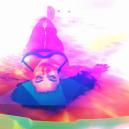The Connection Between Lucid Dreaming And Psychedelics
Published :
July 2nd, 2020
Categories :
How To

Neither a standard dream nor a psychedelic trip, lucid dreams are a state of consciousness all their own. Learn how they compare to these other states, and see how you can induce your own lucid dreams.
Psychedelic experiences and dream states share some commonalities, yet there are crucial differences between them as well.
Nestled in-between dreaming and consciousness are lucid dreams. These very special dreams can be placed closer to the states induced by serotonergic psychedelics like LSD, psilocybin, and DMT than to “regular” dream states.
In this article, you will discover a bit of background on lucid dreams, and learn how to train yourself to explore other dimensions of the self and the universe—without psychedelics.
WHAT IS LUCID DREAMING?
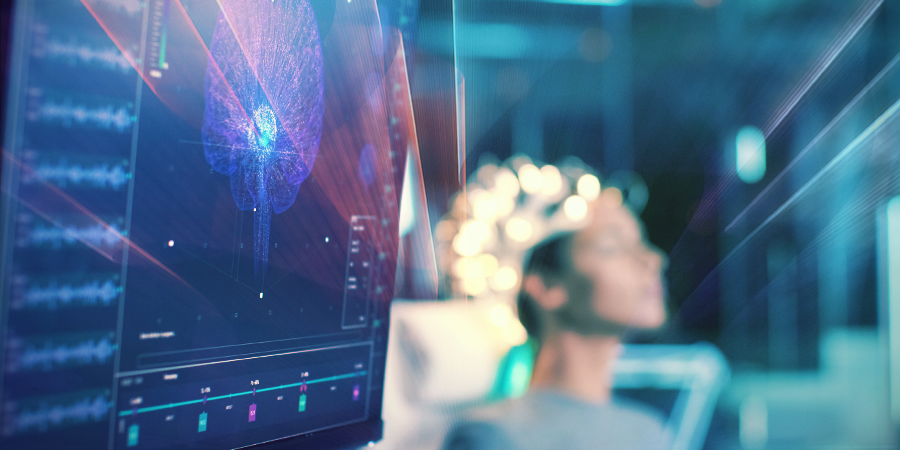
What if we could control our dreams?
For most of us, the thoughts and actions in our dreams come involuntarily. It’s basically like watching a movie. But not all dreams are the same. Some dreams are more like playing a video game than watching a movie. These are lucid dreams.
By definition, lucid dreaming is basically the act of knowing you are dreaming whilst doing so. Most people think of lucid dreaming in terms of gaining control over their dreams to the extent that they can decide what’s going to happen.
Lucid dreamers are also called oneironauts. Up until recently, accounts of this phenomenon—where dreamers speak of teleporting from one scenario to another, riding a lion across the Sahara, eating fire, etc.—were deemed mere hearsay. Today, however, advances in technology and deeper research into the field of neuroscience is beginning to unveil whether lucid dreaming is a quantifiable phenomenon. Researchers from the Max Planck Institute have designed experiments to demonstrate whether the accounts of lucid dreamers match up with what’s actually going on inside their brains.
How? By using fMRI scanners, and measuring the brain activity of oneironauts performing simple tasks—such as clenching their fist—while awake, and then asking them to voluntarily repeat the same action while dreaming. Indeed, scientists found out that similar areas of the brain were activated. Et voilà! They managed to demonstrate that lucid dreaming, characterised here by the dreamer’s ability to control aspects of their dream experience, may indeed be a shared phenomenon.
To some individuals, lucid dreaming comes naturally. It is estimated that some 20–30% of the world’s population has an inherent ability to control aspects of their dreams. If you do not belong to this share, this doesn’t mean you cannot train yourself to lucid dream. Scrolling down, you will find some practical tips on the matter!
“REGULAR” DREAMS VS PSYCHEDELICS: SIMILARITIES

When speaking about dreams and psychedelic experiences, the common chemical thread is serotonin. Serotonin is a crucial neurotransmitter in the sleep-wake cycle, and is also mimicked by psychedelics, inducing the well-known, uncanny, dream-like state that all psychonauts have experienced at least once during their trips.
Among the similarities between dreams and psychedelic experiences include vivid, distorted visuals influenced by our external environment, and the revival of deep emotional memories and/or the awakening of fearful emotions.
And, of course, we shall also mention creativity. In both of these states, logic is overtaken by associative reasoning. This allows for bizarre things to happen based on associations that are beyond rationality, invigorating the imagination and boosting creative thinking.
Finally, both dreaming and psychedelics share a similar dissolution of the boundaries between the self and other objects, people, and dimensions.
THE DIFFERENCES
On the other hand, there are also many differences between the two states. For example, seeing geometric forms and abstract patterns, which is very common during a psychedelic trip, rarely occurs in an ordinary dream.
Another important distinction is the fact that, although both states enhance our visual world by drawing input from the external environment, this process is much different depending on the state. During a psychedelic trip, the surrounding environment and stimuli have a significant influence on what is experienced. In a dream state, images are produced as a result of the mind’s internal stimulation.
The last significant difference to be mentioned is that standard dreams are described as “single-minded”, which means they tend to stand alone with no other simultaneous streams of thought or images. On the other hand, psychedelic states and lucid dreaming are both characterised by some degree of mental clarity or awareness.
THE CONNECTION BETWEEN LUCID DREAMS AND PSYCHEDELICS

The key to understanding the similarities between lucid dreaming and tripping on psychedelics is... lucidity. In fact, during both an LSD trip and a lucid dream, the individual never completely loses self-awareness, however altered their state might be.
This is called “clear consciousness”. Although nuanced and different for every trip/lucid dream, it guarantees that the individual does not completely relinquish their sense of self, but instead retains some degree of recognition of past and present relationships, starting with the one between the body and its surroundings.
Such clear consciousness is what allows someone experiencing a psychedelic state and/or lucid dream to control their actions, at least up to a certain degree. In the case of lucid dreaming, this means being able to push the boundaries of what you can experience in your dream state.
HOW CAN I INDUCE LUCID DREAMS?
There are some practical actions you can take to train your mind to recognise you are in a dream. Following the tips below may be of great help, but at the same time, there is no guarantee.
LAY THE FOUNDATIONS: DREAM JOURNALING
First of all, pick up the good habit of writing your dreams down in a journal right when you wake up. The more you do, the more you will remember. You are basically familiarising yourself with your dream world, training your mind to be more aware of it. The more familiar you are with the recurring themes of your dreams, the more easily you will notice you are dreaming when it happens.
RECOGNISE YOU ARE IN A DREAM: SOME PRACTICAL TIPS
Once you recognise you are in a dream-like state (for example by recognising a recurring theme), you can test it out for yourself.
For example, check a text, then look away, and see if the text changed. Words tend not to be stable in dreams. Another trick is to check whether a light switch functions in a dream. Usually, switches do not operate as they should in dreams. The same goes for any other machine or electronic device. As such, you can also try checking the time on a digital clock. The clock will most likely look weird and report random times when looking at it in intervals.
STABILISE YOUR LUCID DREAM
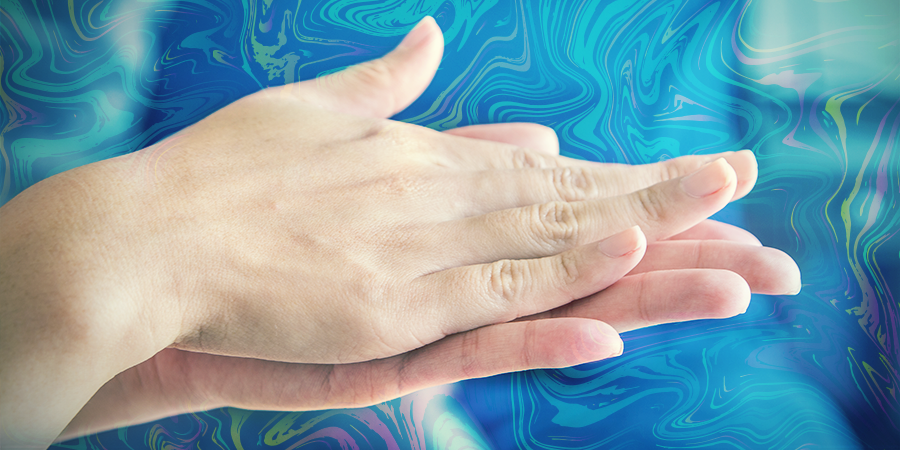
The risk of finally realising you are in a dream is getting so excited that you wake up. Something most oneironauts agree on is that motion is key. When you realise you are lucid dreaming, start spinning around, and try to repeat this action from time to time during the lucid dream.
Another option is to rub your hands together, both at the beginning and from time to time throughout the dream. This is believed to help maintain its vividness.
WHAT CAN I DO IN A LUCID DREAM?
Once you are in a stabilised lucid dream, there is simply no limit to what you can do! As long as you can imagine it, it is possible.
Lucid dreaming provides the perfect opportunity to explore other dimensions, both internal and external. This is something both psychedelics and meditation can encourage, and lucid dreaming is no exception.
It is definitely a path worth exploring, and many dreamers describe the experience as profoundly philosophical or spiritual. Lucid dreams can help dreamers discover new or deeper meanings hidden within one’s existence—just as much as psychedelics can! One state is no better than the other, but both can be harnessed to widen your consciousness and deepen your sense of self.



